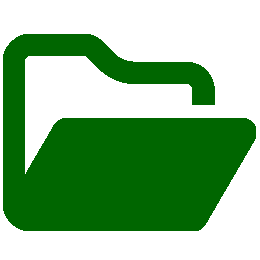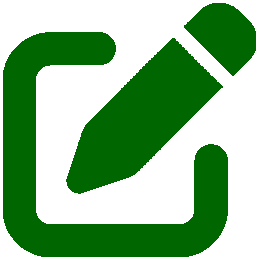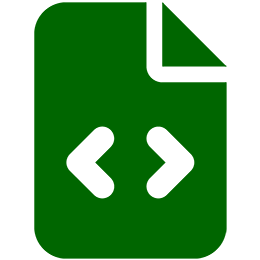
What is Metadata?
Metadata at its simplest is data about data. Definition from the National Information Standards Organization (NISO):
"Metadata is structured information that describes, explains, locates, or otherwise makes it easier to retrieve, use, or manage an information resource." Descriptive, technical, administrative and preservation metadata is added to digital objects to enable users to find assets relevant to their research needs. Good metadata promotes the discovery of quality resources in the digital environment.
Types of Metadata

Administrative
Facilitates the management of resources. It can include elements such as preservation and rights management, creation date, copyright permissions, required software, provenance (history), and file integrity checks.

Descriptive
Enables discovery, identification, and selection of resources. It can include elements such as title, author,
and subjects.

Preservation
Describes the process and technical aspects of the preservation process for analog and born digital collections. Preservation metadata is a log of the series of actions taken against an object to ensure it longevity and viability.

Structural
Used in machine processing, describes relationships among various parts of a resource, including the format, process, and inter-relatedness of objects. It can be used to facilitate navigation or define the format or sequence of
complex objects.
Areas of Expertise
What role can metadata play in your digital project? Digital Library Services staff provide consultation on metadata best practices for members of the University of Oregon learning community.
Resources
Interested in how metadata is being used in Oregon Digital? Take a look at the Oregon Digital Metadata Application Profile. Metadata support for data management is provided by Data Services staff.
